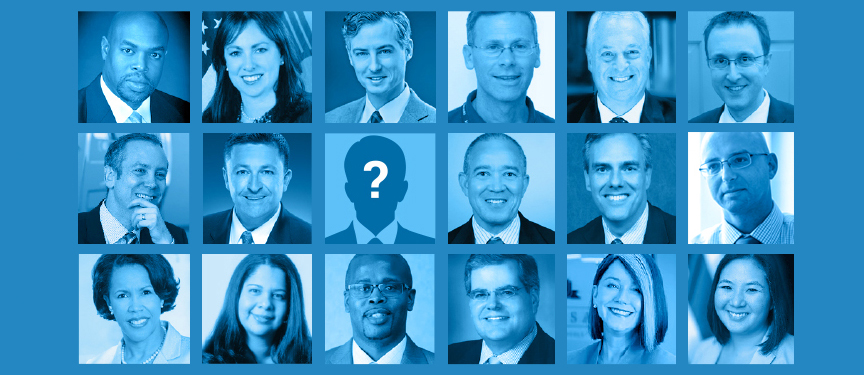
SUBSCRIBE
TO MONTHLY UPDATES
We'll send you information that
will keep you up to date on CFC

Districts across the country are looking for innovative ways to improve public schools. One way is to replace an enrollment process that requires parents to fill out as many different applications as there are schools with a single, unified form.
That sounds uncontroversial enough. But in Oakland, Calif., this proposal has polarized the community. Opponents to a unified system say it favors charter schools, even that it’s a sneaky way of privatizing the school system. Proponents say it simply makes school options more equitable by making enrollment easier.
At the center of the fight is Oakland Unified Public School Superintendent Antwan Wilson. Besides making school choices easier and more transparent, Wilson argues that a single form would provide valuable data that could be used to scale up more options that parents want. (There are currently 40 different enrollment processes in Oakland, says Wilson).
Denver—where Wilson worked as an assistant superintendent—and New Orleans were the first cities to implement common enrollment systems that included district and charter options. Similar systems have been launched in Washington D.C. and Newark.
Oakland’s school board is set to to vote on the common enrollment plan in June. I spoke to Wilson about the battle, the lessons he’s learned in Denver and what schools across the country can do to create more equity and access to quality education.
Edited excerpts:
Q: The New York Times recently wrote about you and the row over enrollment in Oakland. The article quoted Robert C. Pianta, dean of the University of Virginia’s Curry School of Education, as saying, “If he gets it right, it’s a model for moving past the polarized sense of reform that we have right now.” Would you agree with his statement about you?
I would agree with that. I find that the polarization in the arguing is distracting and it’s harmful. What we really need to focus on is quality and getting people access and equity. By moving away from arguing about district versus charter and moving towards giving parents the same opportunities that more affluent parents have to determine where their children go to school, puts parents and families in the driver’s seat.
Q: During your tenure in Denver, the city enacted its single-enrollment system. Similar concerns were raised there. Why is enrollment such a polarized issue and what have you learned?
There are some families who are concerned about the quote, unquote ‘competition’ and the drain of resources from schools. But to me, the issue isn’t around district-run or charter, it’s around monopoly, and monopolies are slow to innovate. What ends up happening is people begin to peel off and innovate. And when we as a district begin to innovate, then we will put ourselves in a position to offer parents more of what they want. What Denver has learned is that both district schools and charters benefit when the parents’ needs are put at the center. If arguing about school governance worked in terms of improving student achievement and increasing enrollment and parent/student satisfaction, I’d jump into that argument. It just doesn’t.
Q: Early results from Denver and New Orleans show some successes, but parents there have complained that there aren’t enough quality schools to choose from. An enrollment system can’t resolve that on its own, so what are some other ways to create more equity and access to quality education—especially among low-income families?
I think funding is a huge piece—giving more money to kids who need it most. Expanding school time, [which] benefits all children. Another strategy is mentoring and tutoring. These are strategies we know work. And then the last thing, you have to address access to rigorous programming in schools.
Q: Besides unified enrollment, how can Oakland and cities elsewhere affect student outcomes at scale?
It’s really being crystal clear on what we want students to learn, and then having really strong support structures for educators—working with [them] to do really innovative and fun things. And then it’s using and scaling up the most effective practices possible.
Q: How do you create a pipeline of quality teachers, principals and administrators?
I think it starts with setting a really strong vision and an expectation that you can get there. And then from there it’s trying to highlight effective practices that exist in the district and having common definitions of what effective practices look like. And then from there I think it’s partnerships with organizations and universities that are focused on training talent. [It’s also] being really strategic in terms of placement decisions and how they matriculate through your system and gain opportunity and really strong career pathways into leadership.
Q: Any final thoughts?
We have an interest in making sure that [children] learn. If we can put our focus on doing that and serving the interest of families and less on the arguments, then the entire system of public schools will benefit.